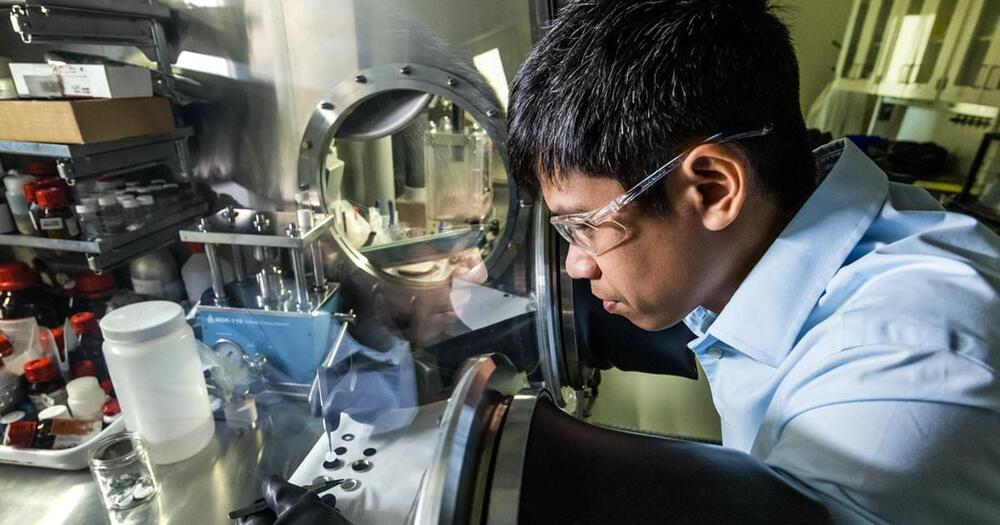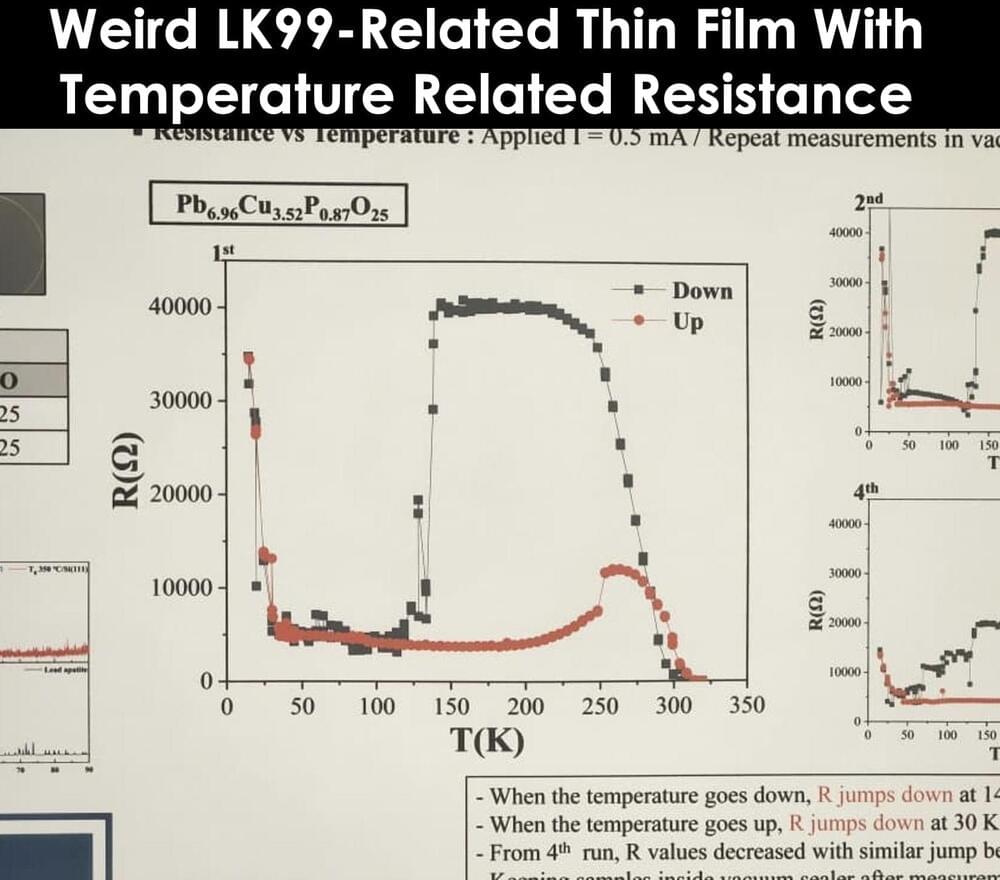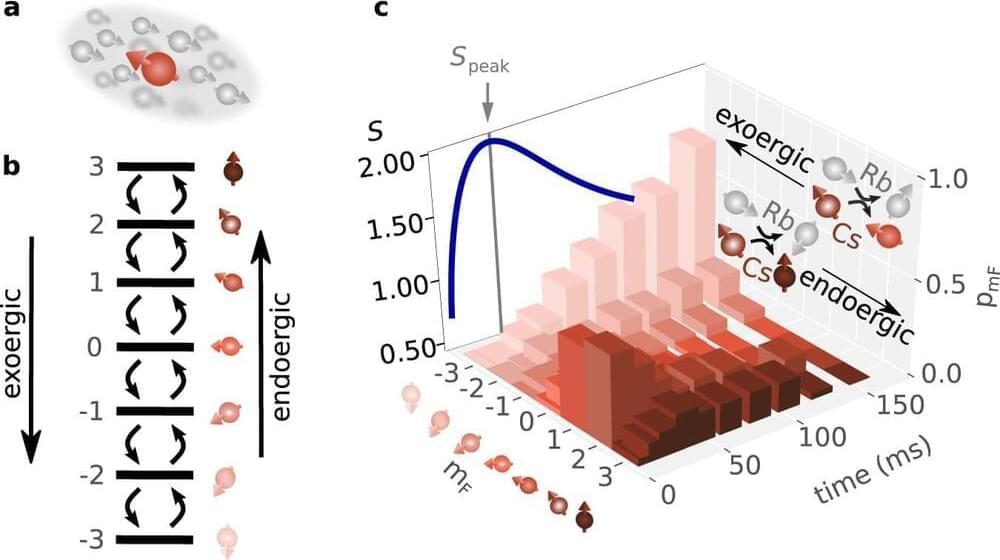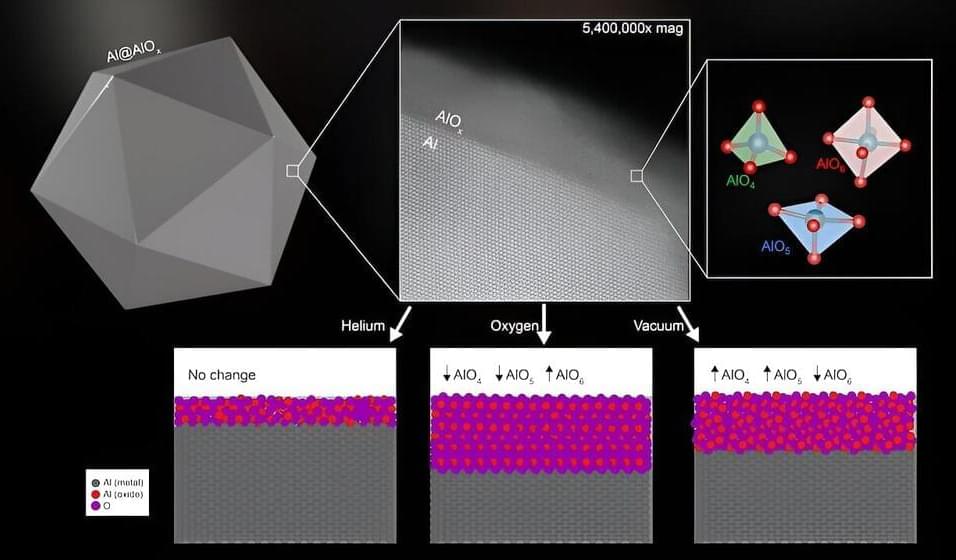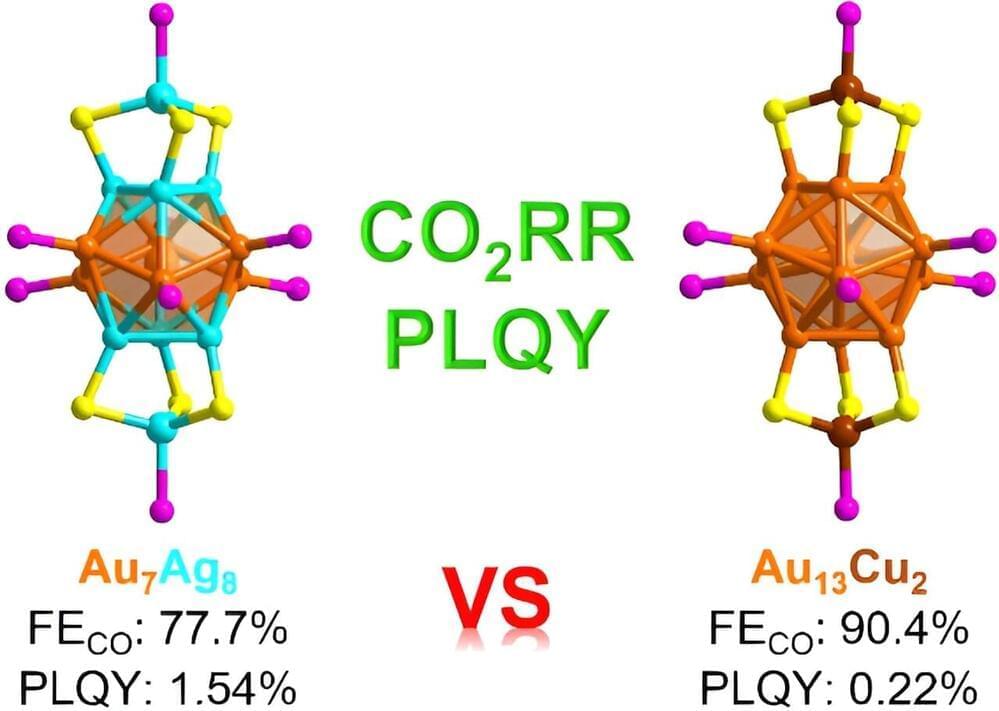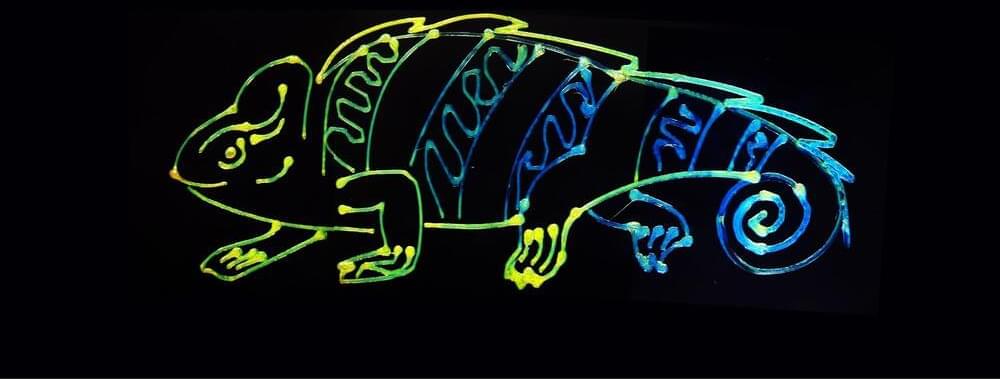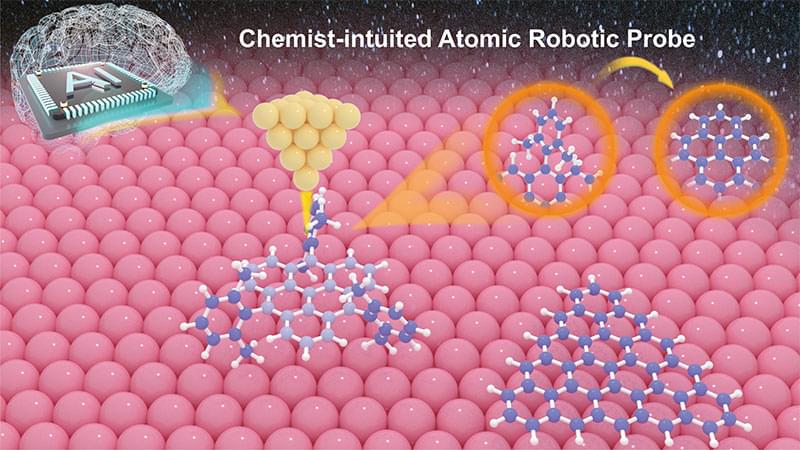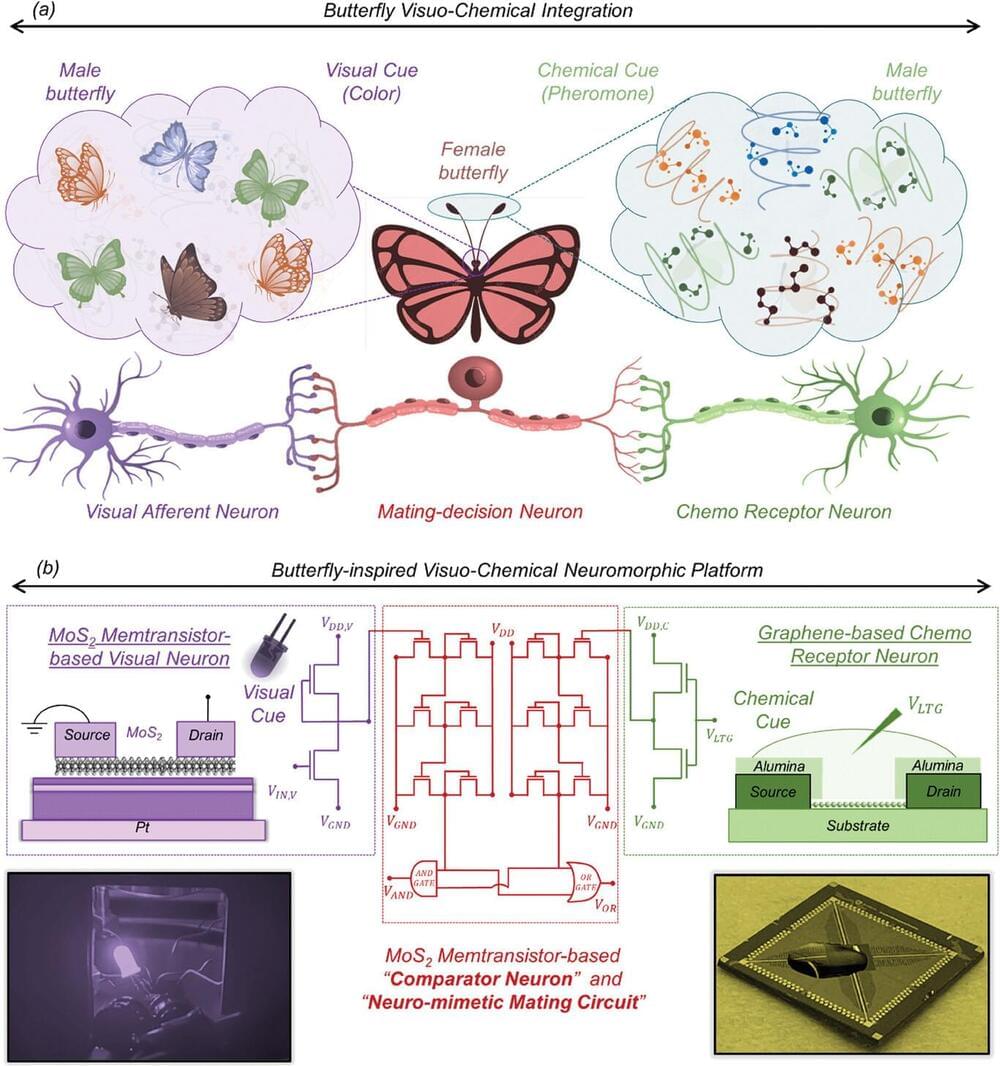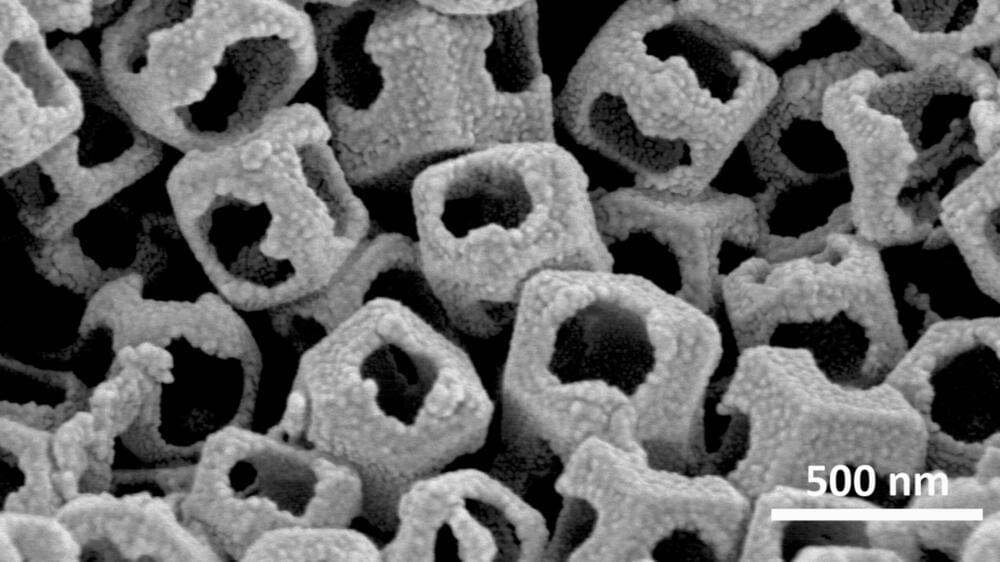Computing has already accelerated scientific discovery. Now scientists say a combination of advanced AI with next-generation cloud computing is turbocharging the pace of discovery to speeds unimaginable just a few years ago.
Microsoft and the Pacific Northwest National Laboratory (PNNL) in Richland, Washington, are collaborating to demonstrate how this acceleration can benefit chemistry and materials science – two scientific fields pivotal to finding energy solutions that the world needs.
Scientists at PNNL are testing a new battery material that was found in a matter of weeks, not years, as part of the collaboration with Microsoft to use to advanced AI and high-performance computing (HPC), a type of cloud-based computing that combines large numbers of computers to solve complex scientific and mathematical tasks.
